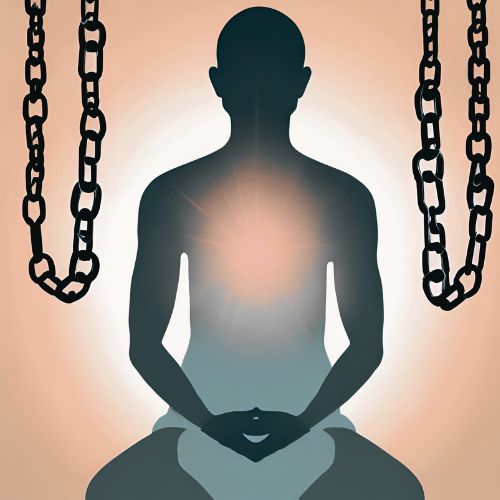How should we tackle OCD?

So, how should we tackle OCD? The current state-of-the-art in contemporary psychotherapy, exposure and response prevention (ERP), requires OCD sufferers to confront their fear and resist the urge to do compulsions. This is not easy, though, as those who have tried it probably would readily assert.
Diligence of Effort: The Cheng Wei Shi Lun teaches that before we start to work on any emotional disturbances, we need to build up inner strength, referred to as ‘diligence of effort’. It has five components: One, ‘wearing a coat of armor’ which in the self-help program you will visualize as a warm light enveloping your body. Two, you must be strongly motivated, so that, three and four, you are not repelled by setbacks and never give up, to the extent that, five, you are satisfied with nothing less than the goal you set for yourself.
The first days of the 14-day self-help program are therefore aimed at helping you build a solid base of ‘diligence of effort’. This inner strength lays the basis for successful meditation. If you want to see clearly through the tricks that OCD plays on you, the prerequisite is a calm mind. We all have been there – have you ever tried to solve a complicated math problem while you’re in distress? Probably you’ll do much better when you are calm and relaxed, won’t you?
Self-Reflection: What is your motivation for doing this program? And how much time and effort are you ready to invest in overcoming OCD?
Seeing through OCD: Subsequently, we will try to 'see through' OCD. Enlightenment, according to the CWSL, usually happens in four phases, and though most people are probably not aiming as high as becoming a Buddha, the same four phases can be applied to the (much easier to achieve ;-)) goal of re-programming an OCD-mind. They are:
- ‘warming up the heart’, which we will do at the start of every session to activate your 'diligence of effort', see above
- ‘peak experiences’ means that after some practice, we manage to get occasional glimpses of insight into how the eight consciousnesses fool us
- 'enduring observation' means that the insight is now continuous
- 'realization' means that the insight is no longer a mere factual knowledge, but that we are able to put it into practice. At this point, you have successfully taken back control of your life.
In the self-help program, you will choose one ‘OCD seed’ which you want to work on, and in the course of continued practice you will hopefully go through these four phases as a result of which the seed is stripped of its power.
Preventing seed proliferation: As discussed in the previous article, you do not 'have' OCD, but you experience a series of successive OCD moments. This means that our goal is to break the chain and prevent the arising of more seeds ‘of the same kind’ (see previous article). Seeds from the past can only cause trouble in the future if they exist also in the present – and this is where we can ‘pull out the weeds with their root’. By training to stay in the Here and Now and realizing that the mental states induced by the seed are nothing more than passing flashes of an illusory reality, we can gradually learn to ‘cut out the present’, and strip the seed of its power – so that it will no longer proliferate into the future.
Enhancing kusala: Staying in the present sounds simple - then why is it so hard to do it? The reason is that there are a number of factors preventing us from keeping up a kusala, i. e. a peaceful and clear-headed, state of mind (see previous section, Feel good: kusala and akusala). The CWSL lists six primary and twenty secondary emotional disturbances (all akusala!), which stand like a wall between you and phase four: realization. Alternatively, you may imagine them as a giant hand mixer and your mind like a pool of water; though the water is crystal-clear, you cannot see the pool’s bottom, because the mixer is keeping the surface in turmoil all the time. When your OCD gets to you, that mixer is in high-speed mode.
Self-Reflection: Recall how OCD affects your ability to concentrate. How would you describe the state of mind you find yourself in during an acute OCD episode? Can you come up with other funny metaphors like the high-speed mode hand mixer?
The good news is that the CWSL teaches that kusala is always stronger than akusala. This means that if we cultivate more kusala states of mind, we can gradually slow down the mixer, until it finally stops and we can see the bottom of the pool and enjoy its serene stillness. The self-help program therefore consists not only of a daily guided meditation, but also includes a coloring-journal to help you visualize your kusala – akusala ratio before and after meditation. It is available for download in the next article Self-Help Program: How To.